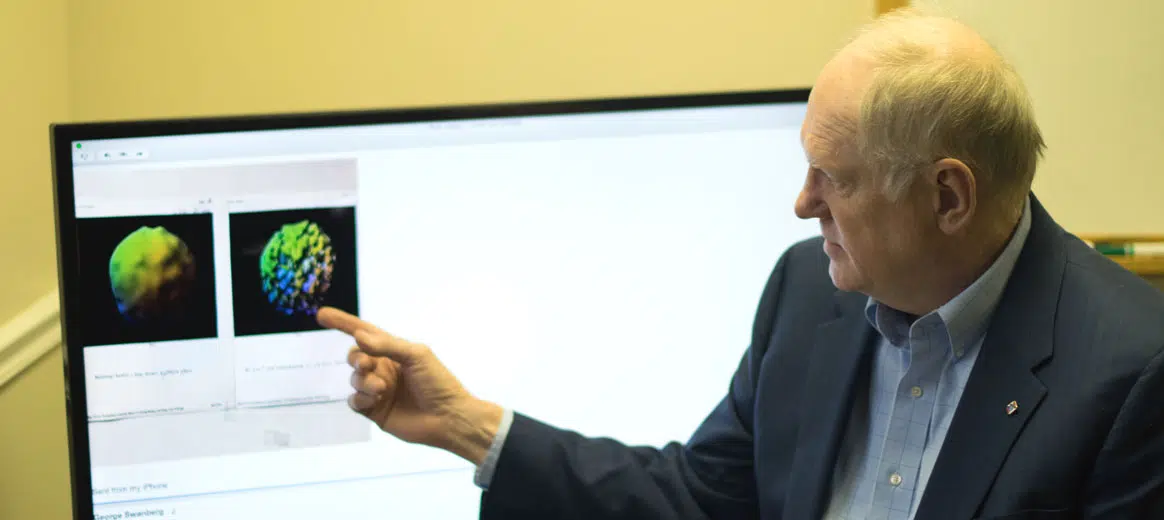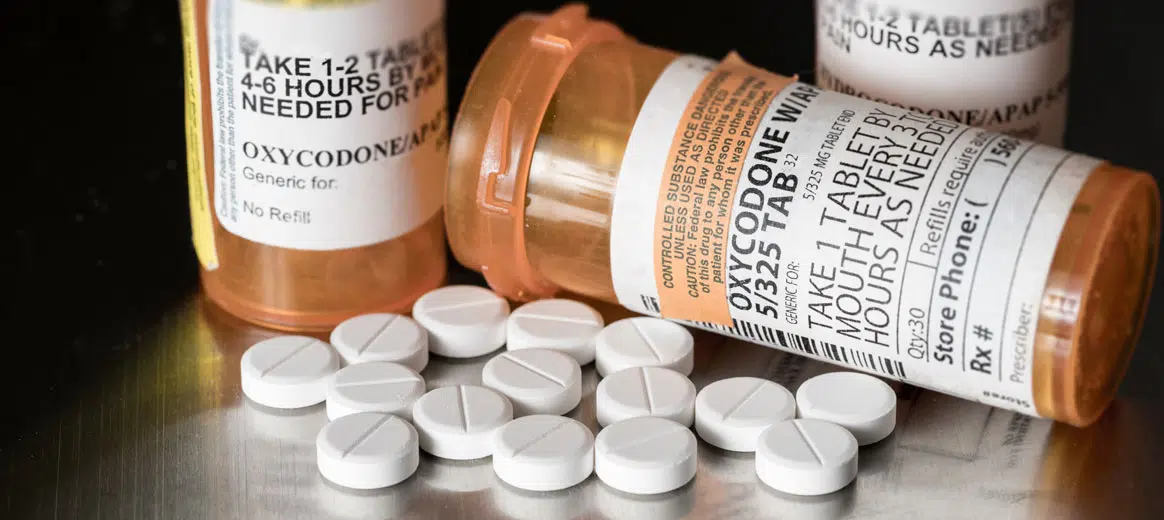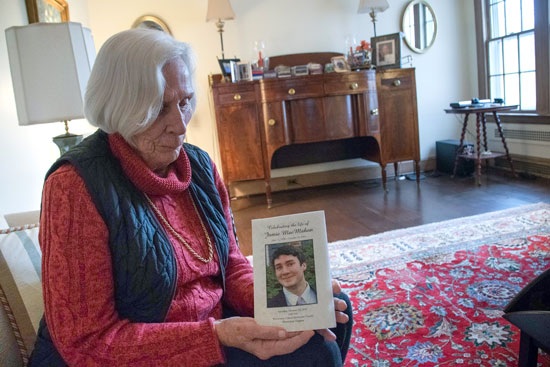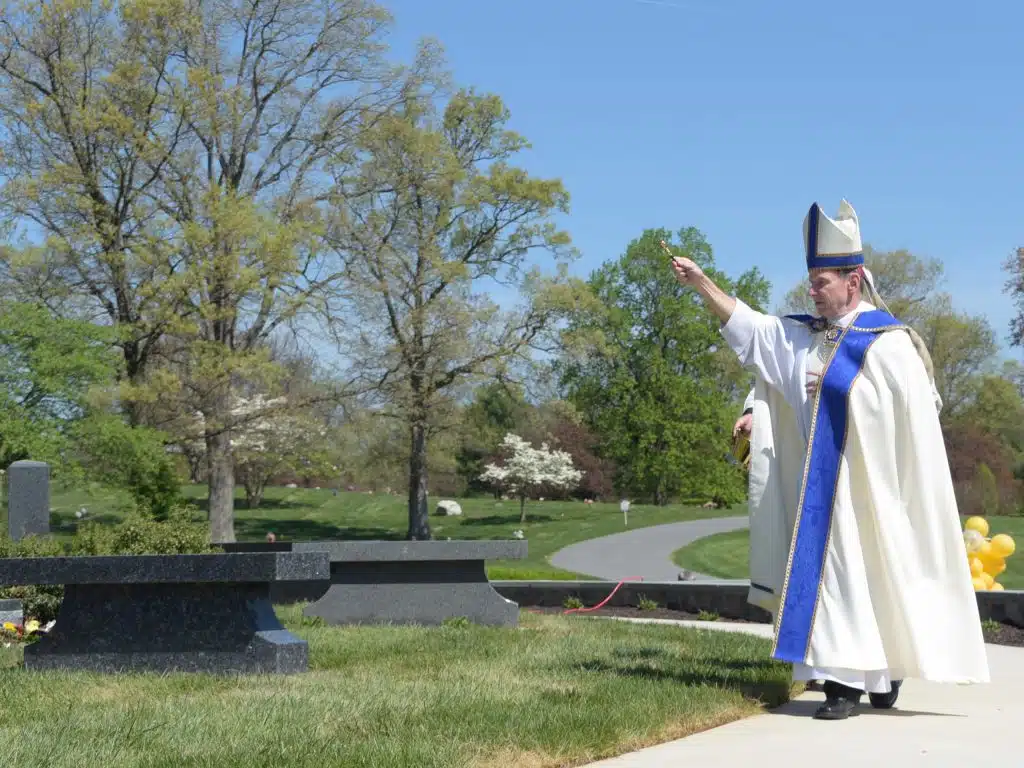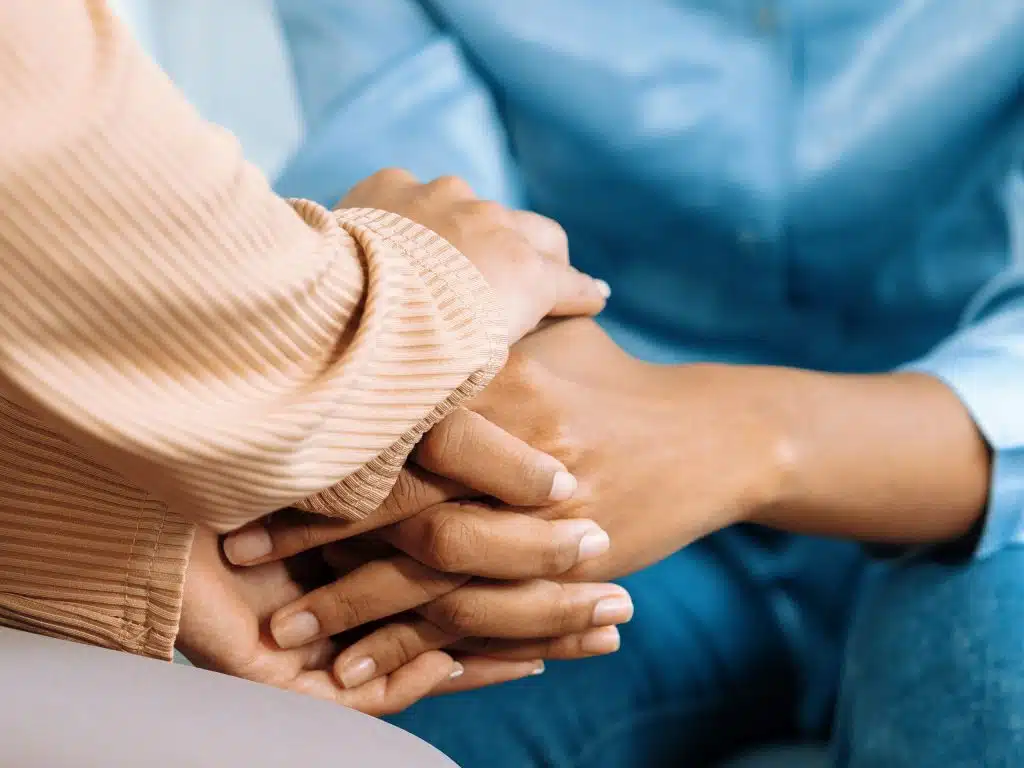Until he offered the funeral Mass for a 23-year-old son of a
grieving family, Father Kevin J. Fimian was untouched by the reach of the
opioid epidemic.
“I wasn’t aware how bad it really is,” said the parochial vicar of
St. John the Evangelist Church in Warrenton. And bad has been getting worse.
According to the Centers for Disease Control and Prevention, the
rate of opioid overdoses in the United States has tripled since 2000. Opioid
overdoses in 2014 led to nearly 30,000 deaths nationwide.
In the Arlington Diocese, places such as Fauquier County, Orange
County and Winchester are most affected by the scourge, according to the government
advocacy group Hardest Hit VA. Last year in the Warrenton town limits alone,
police responded to 19 opioid overdoses — 15 from heroin and four from
prescription drugs. Six of those overdoses were fatal.
“(People) do it once, and it’s a rush that cannot be equaled in
normal life and in subsequent use,” explained Father Fimian. “It’s a cult of
death.”
Hooked
Jamie, an 18-year-old high school graduate from Fauquier County, was
one of the victims of the opioid epidemic. He played lacrosse in school, and
had aspirations to be a sports trainer. “He was just an average kid today,” said
his grandmother, Ann MacMahon, “whose parents loved him so much.”
At age 14, Jamie began to experiment with drugs. At first it was
marijuana, then prescription drugs from people’s homes, then drugs he bought on
the internet. “His father knew for years and worked closely to get him back,”
said MacMahon, a parishioner of St. Stephen the Martyr Church in Middleburg.
Ann MacMahon holds the funeral program for her deceased
grandson, Jamie, 18, who died of an accidental opioid overdose in Broad Run, Va.,
last October.
MacMahon knows her grandson made some bad decisions. “(Jamie)
wasn’t bad — he was hooked.”
One morning last October, Jamie’s mother went into his room and
found him dead of an accidental overdose. Their whole family was shocked and
devastated.
“The pain is exquisite,” said MacMahon — for her, the family and especially for her
son, Jamie’s father.
“I have had two heart attacks, I’ve had six children, I’ve had
open heart surgery. I have never experienced that feeling — to know that I had outlived a grandchild,”
said MacMahon.
Deaths like Jamie’s didn’t happen when she was growing up,
MacMahon said. Only musicians in far-away cities used drugs.
“When I was in high school, if anyone was using a mood enhancer
or drinking, it wouldn’t be cool,” she said. In two generations, that has changed rapidly.
Illegal drugs are more available and in some social circles, doing drugs is a
way to fit in. For a few, the drug use that often starts in high school becomes
habitual. For some, it claims their life.
“It’s a tragic waste,” said MacMahon. “I don’t know when (the
pain) goes away but I’m very glad I have my faith. I think that’s sort of
what’s pulling me along.”
Though months have passed since he died, it’s still hard for
MacMahon to believe Jamie is gone.
“(Sometimes) I wake up in the middle of the night and think, ‘Is
Jamie really dead, I mean really dead?’ ”
‘This is your brain on drugs’
George Swanberg, president of Life Line Addictions Foundation,
held up a picture of two blood flow brain scans. The first was smooth and
slightly bumpy; the second was as riddled as a block of Swiss cheese. It was
the difference between the brain of a healthy person and the brain of a heroin
user.
“There are holes in the blood flow and if you’re not able to use
that part of your brain, obviously things are not going to go well,” he said.
Most of the time, it’s the job of a counselor to comfort the
afflicted, said Swanberg, a parishioner of St. John. But with addicts, it’s
different. Opioids, such as heroin, Vicodin and Percocet, are drugs that mimic
what the body already produces. “That’s why it’s so addictive,” said Swanberg.
“It causes euphoria and imitates the body’s natural painkiller.”
Besides hurting the brain, abusing drugs and alcohol robs people
of ambition and lulls them into a false sense of security. It’s Swanberg’s job
to jolt addicts back into reality and hopefully get them clean. “After 45
years, it’s my reason why God put me here,” he said.
Swanberg came into this field in the early 1970s, and began
working with heroin-addicted soldiers returning from Vietnam. Since then, the
use of opioids has only increased. “I used to have maybe three or four calls in
six months,” he said. “Last week it was three, and I have one in treatment
now.”
Earlier in his career, Swanberg worked at a clinic in Washington
where heroin addicts were given methadone — an opioid used to help people detox. Though he believes
drugs such as methadone and suboxone can be effective in the short-term, he
witnessed many patients becoming dependent on them.
“I decided if I was going to see anybody, they were going to be
on a tapering program,” he said. “I don’t know what to do with someone who is
on methadone, flipping back and forth between that and heroin, and yet going to
a clinic trying to sell the (methadone they receive) to get more heroin — it’s just a mess.”
Today, he runs Life Line Counseling Center in Fairfax, a
drug-free counselling and intensive outpatient treatment center primarily for substance
abusers. Patients are drug tested frequently, participate in therapy sessions
and are encouraged to live a healthy lifestyle. He often refers patients to
nutritional therapy — a treatment that
he believes can be very effective in healing the brain.
“In truth, most people do not want to be on medication. They want
to think and believe that they are healthy all by themselves,” he said.
A number of new state programs are making it easier and more
affordable to find professional help for addiction, said Swanberg. He hopes people
struggling with drugs will take advantage of these.
“Number one — don’t try to
do this by yourself,” he said, something he understands from both his work and
his personal life.
Swanberg’s nephew was an addict who died from an overdose a few
months ago. “It’s personal. I know from the inside what it’s like for the
family.”
The spirit of the law
Police officers often find themselves at the scene of a crime responding
to an unfolding situation. But police also try to prevent crime before it occurs,
with the help of statistics and analytics, said Warrenton Police Chief Louis
Battle.
“We do probability analysis to determine the demographic of the
individuals involved, the day, time, location (and) frequency, and then we
deploy (resources accordingly),” he said. But with opioid use, there is no
pattern.
“Here, we’ve seen 12-year-olds up to 80-year-olds abusing
heroin,” he said. “Different economic levels, ethnic groups, different areas of
the community — it just has no logic
attached to it.” So they’ve had to think outside of the box.
“We realized traditional
methods of dealing with this just aren’t working — arresting them, putting them in jail or
talking them into going clean. The pull of the drug is too strong and the lack
of fear of incarceration as a deterrent is too weak,” he said. “We use anything
and everything and just give it a try.”
Now, every officer is equipped with and trained to use a type of
naloxone called Narcan, an emergency nasal spray that stops opioid overdoses.
It has saved nine lives, said Battle.
The police will arrest heroin users or overdose victims if they
can make a case against them. But no matter what, said Battle, “We’re not going
to arrest them and forget about them.”
Warrenton Police Chaplain Wally Smith meets with the user and
their family and connects them with rehabilitation centers and other social
services they might need. Smith and Battle discuss the epidemic with local
church leaders, and in January, all the town’s pastors and priests preached on
the harms of opioids. Smith and others host a support group called Celebrate
Recovery both at The Bridge Community Church in Warrenton and at the jail. “Almost
all (the inmates) are heroin addicts,” said Smith.
Smith’s son, Brian, started the jail group while incarnated for
using heroin. At age14, he was prescribed Percocet for a knee injury, which gave
him his first a taste of opioids, said Smith. Brian relapsed several times in
his 15-year struggle with addiction, and died last year of an overdose at age 31.
“In his own words, his best times sober were never as good as his
best times high,” said Smith. After that many years, “the drugs change the way
you look at things.”
Because opioid addiction is so difficult to overcome, prevention
is critical. Battle encourages parents to rid their medicine cabinet of unused
prescription drugs and to talk to their children early about the dangers of
drugs.
“As harsh as it sounds, our kids know a lot more than we think,”
he said.
As more people are touched by the opioid epidemic, Battle has
faith that more will be done to combat it. “Communication is probably one of
the biggest weapons we have,” said Battle. “It’s a community-wide problem and
it’s only going to be addressed appropriately if everybody does their part.”
Bills in the Virginia Legislature regarding the opioid
epidemic
The following bills have passed the Virginia House of
Delegates and have been sent to a Senate committee. This is not a comprehensive
list.
HB 1453
Increases training for use of the life-saving opioid
overdose drug naloxone.
HB 1885
Would prohibit doctors from prescribing more than a seven-day
supply of opioids to patients not suffering from cancer, chronic pain or receiving
palliative care. Doctors must also obtain information from the Prescription
Monitoring Program before writing a more than seven-day prescription of
opioids.
HB 2165
Requires all opioids be prescribed via electronic
prescription beginning in 2020.
HB 1750
Allows pharmacists to dispense naloxone without a
patient-specific prescription.
HB 2167
Directs the Boards of Dentistry and Medicine to adopt
regulations for prescribing opioids and products containing buprenorphine (a
drug taken during withdrawal.)
There are many resources available for people struggling with opioid addiction. For help in Fairfax County, call 703-383-8500 or go here.
